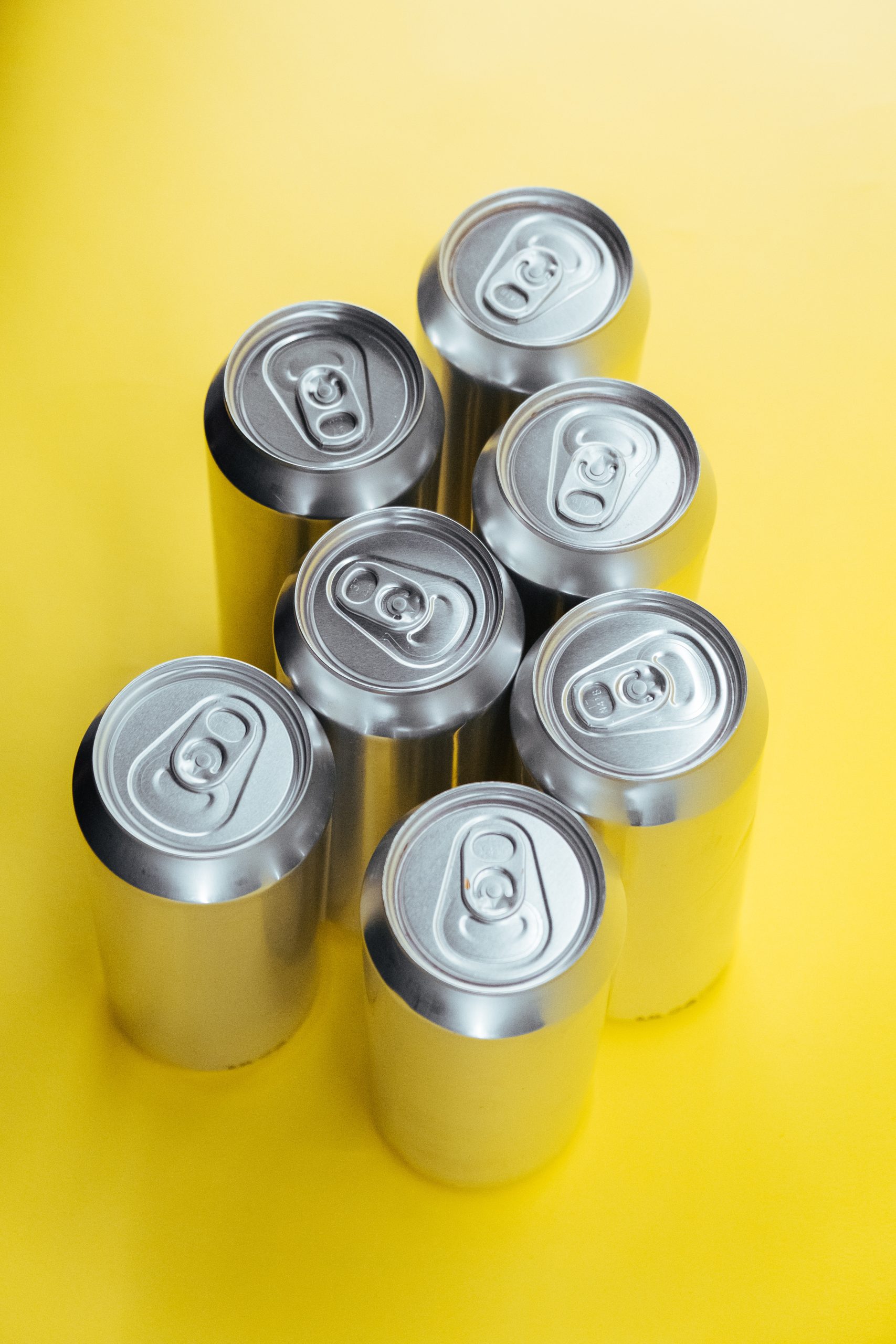
Qingdao Beer Museum. Tsingtao Brewery
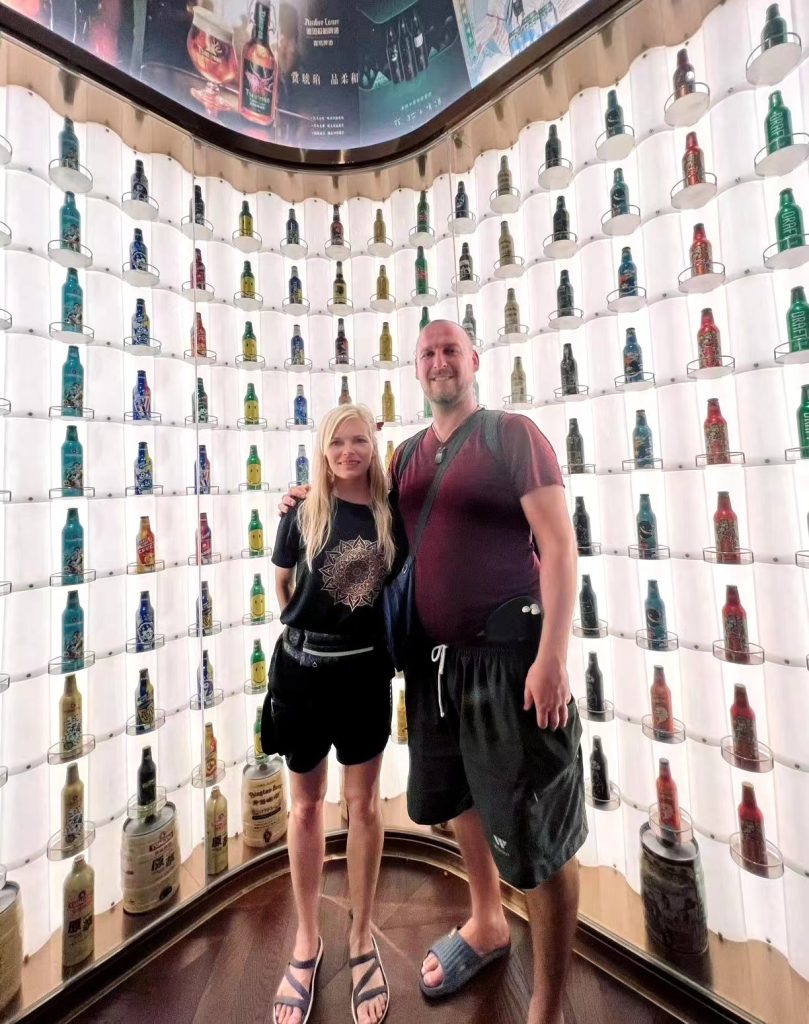
Qingdao Beer Museum is a part of the Tsingtao Brewery Company. Established in 1903, Tsingtao Brewery was China’s first brewing factory built with European technology. Now there are 55 Tsingtao brewing factories and malt factories in China.
The museum building itself was constructed by Germans. The sightseeing path winds through different rooms where you’ll be able to see the beer-making process then and now. Also, try two samples of draft beer and relax with the live music performance at the end of your tour. There’s a huge souvenir shop at the exit, offering many interesting things like funny T-shirts, soap and creams made of hops, keychains, bottle openers and so many more!
Entrance Fee: CNY 60
Opening Times: 8:00-18:00

We visited the Qingdao Beer Museum during the second most important Chinese holiday – the Mid-Autumn Festival. And, yeah, this place was packed. The signs said: can accommodate 100 visitors. But there were thousands.
We didn’t really enjoy the museum which is actually an active brewery that much, but what we did – we took a lot of photos with the information we simply weren’t able to read just then. And now, guys – here it is. This is what you’ll read at the Tsingtao Brewery exhibition hall. We still recommend you visit as it’s interesting to see all those machines and try the draft beer there!
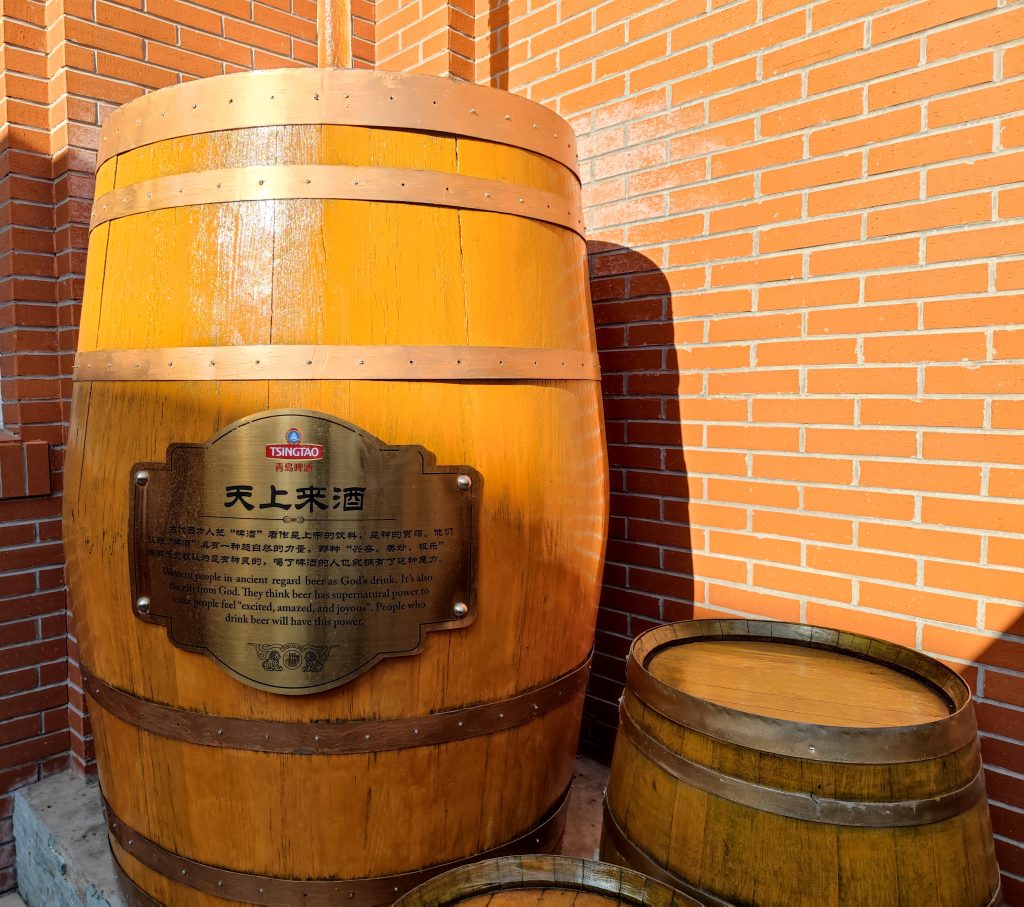
What is beer?
Malt, hops, and water – they’re the main ingredients of beer. Beer, which is also called “Liquid Bread”, is a carbonated and slightly alcoholic beverage fermented by brewery yeast.
Brewery yeast, on the other hand, is a circular type or oval-shaped unicellular microorganism. The yeast consumes the sugars from the malt and converts them into alcohol and carbon dioxide. In fact, we could say that the yeast makes beer. Different yeast defines different flavors and tastes.
Water accounts for about 90% of the beer ingredients, having a great impact on the beer’s flavor and brewing process. The suitable water supply available to brewers determines the quality of beer they can brew, which is the reason for the special flavor features tasted in international and domestic famous beers.
Barley only can be used in brewing after being made into malt. The malting process simulates the natural including steeping, germinating, and kilning. The malthouse of Tsingtao beer is dedicated to making Tsingtao beer into one of the advanced raw material bases, becoming the worldwide benchmarking enterprise of the malt industry. All the raw materials are imported from Australia and Canada.
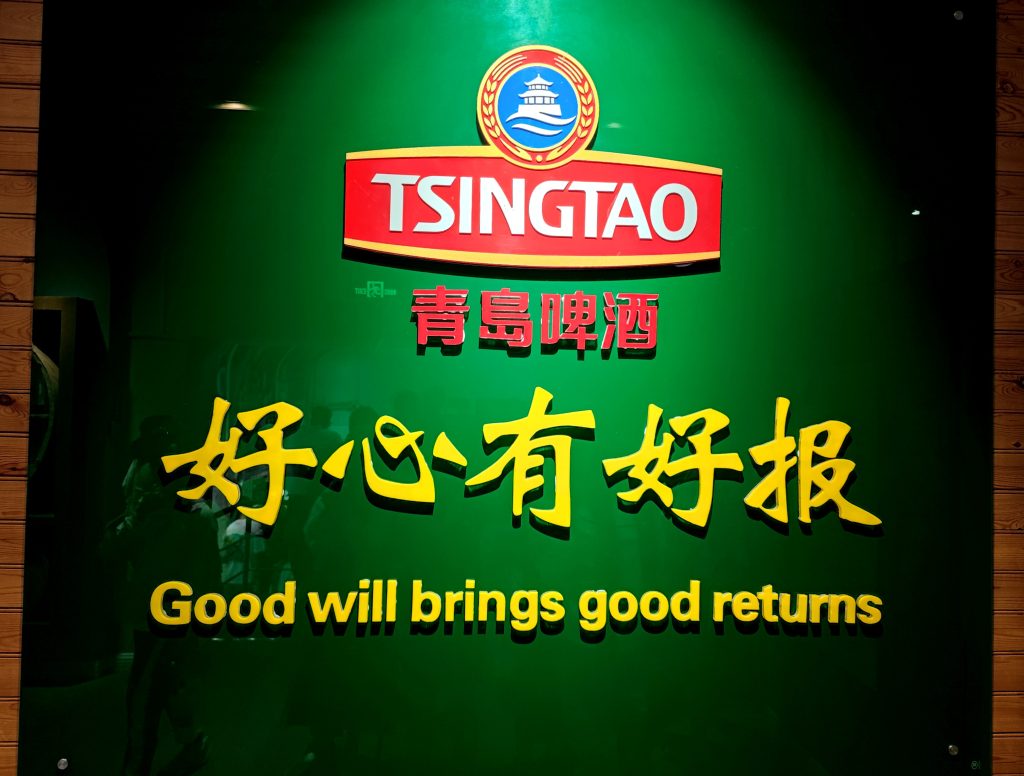
Good will brings good returns!
The value of society is always higher than that of enterprises!
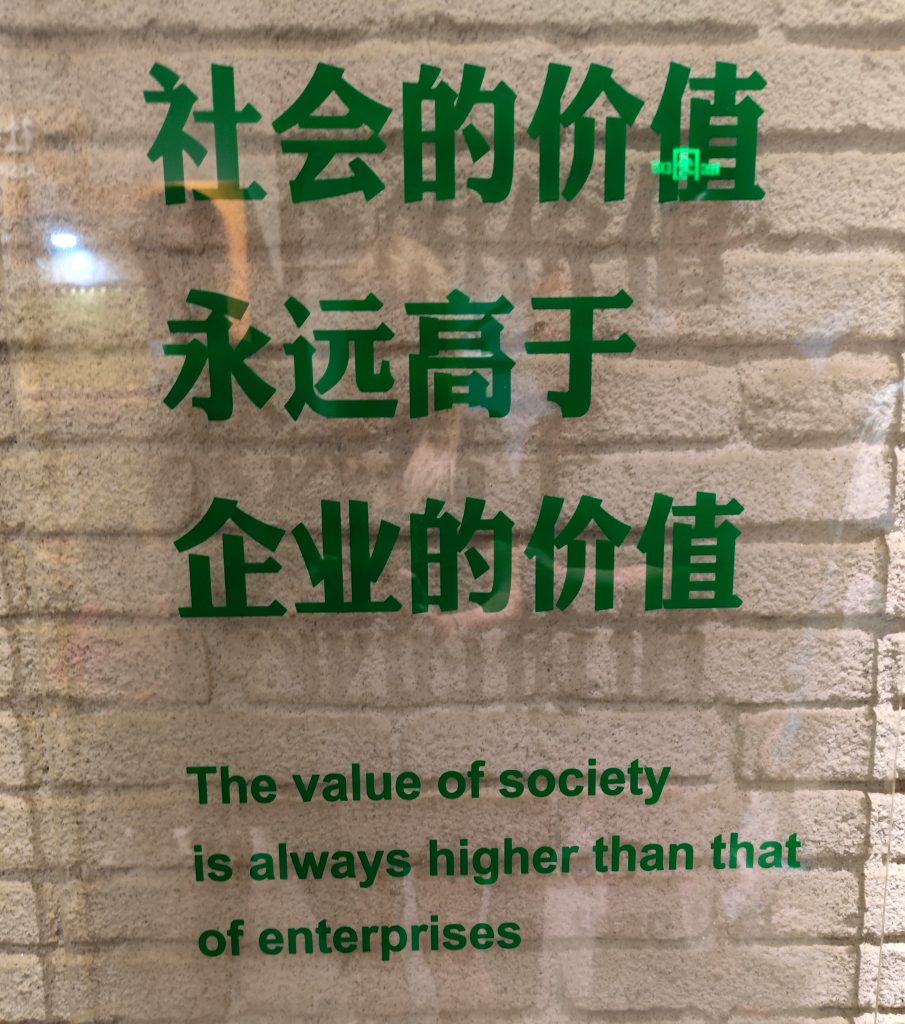
Western people in ancient times regarded beer as God’s drink. It was a gift from God. They thought the beer had supernatural power to make people feel “excited, amazed, and joyous”. People who drink the beer would have this power.
Beer is made from wort fermented by beer yeast. The pre-fermentation period typically lasts for 7 days, divided into upper fermentation and lower fermentation according to the position of yeast in the fermentation liquid.
Open fermentation of a fermenting tank was common in the early stage, referred to as a traditional process, and closed fermentation of a conical tank is mostly applied now. Tsingtao Beer has fermentation equipment of both traditional fermenting tanks and modern conical tanks.
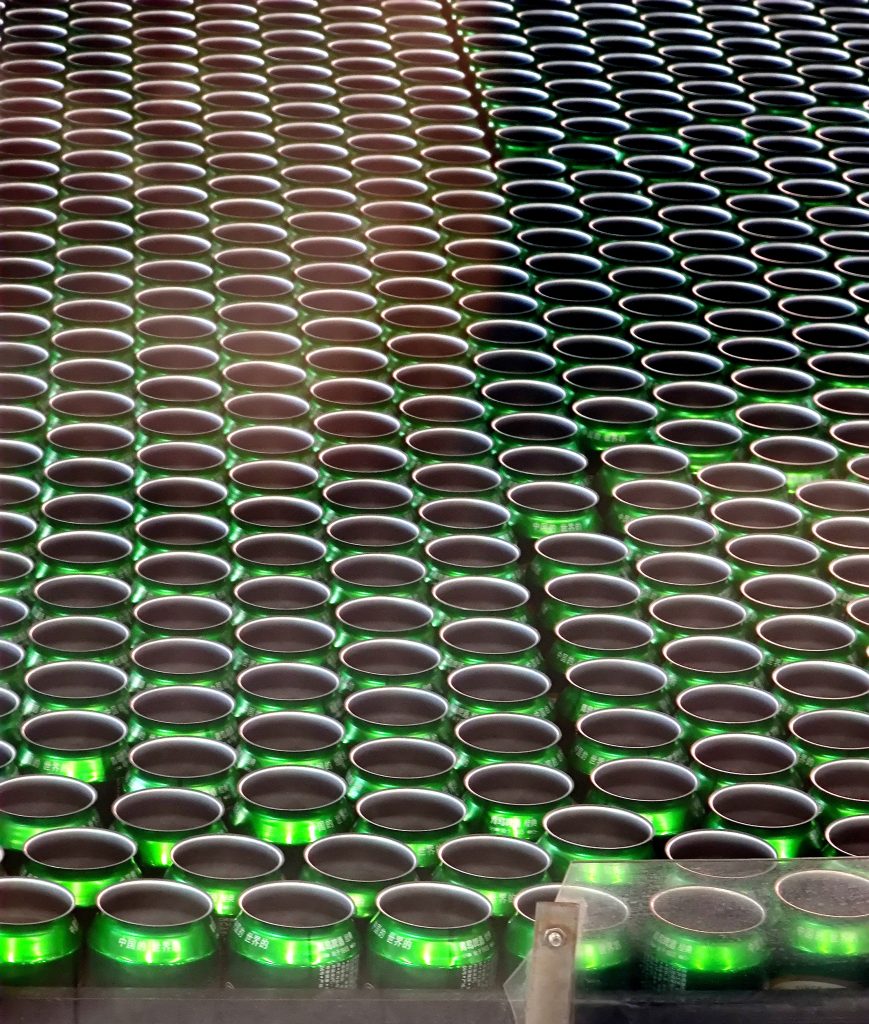
People contributing beermaking
Louis Pasteur (1822-1895), the most famous French microbiologist and organic chemist in the 19th century, made outstanding contributions in immunology, fermentation, crystallography, and microbiology. He is also known as the “father of microbiology”. Around 1850, Pasteur discovered and pointed out that yeasts are living microorganisms; in 1871, Pasteur invented a method for cultivating the lager yeast, allowing every brewery to produce yeasts faster and cheaper, and reduce the problem of microbial contamination caused by the recycling of yeasts.
Carl von Linde (1842-1934), a German refrigeration engineer and cryogenic experimenter, was the founder of refrigeration science. From 1873 to 1877, he designed the first refrigerator that worked on the principle of continuous compression of ammonia. It was particularly safe, reliable, economical, and efficient, and could be used to make ice and cool liquids.
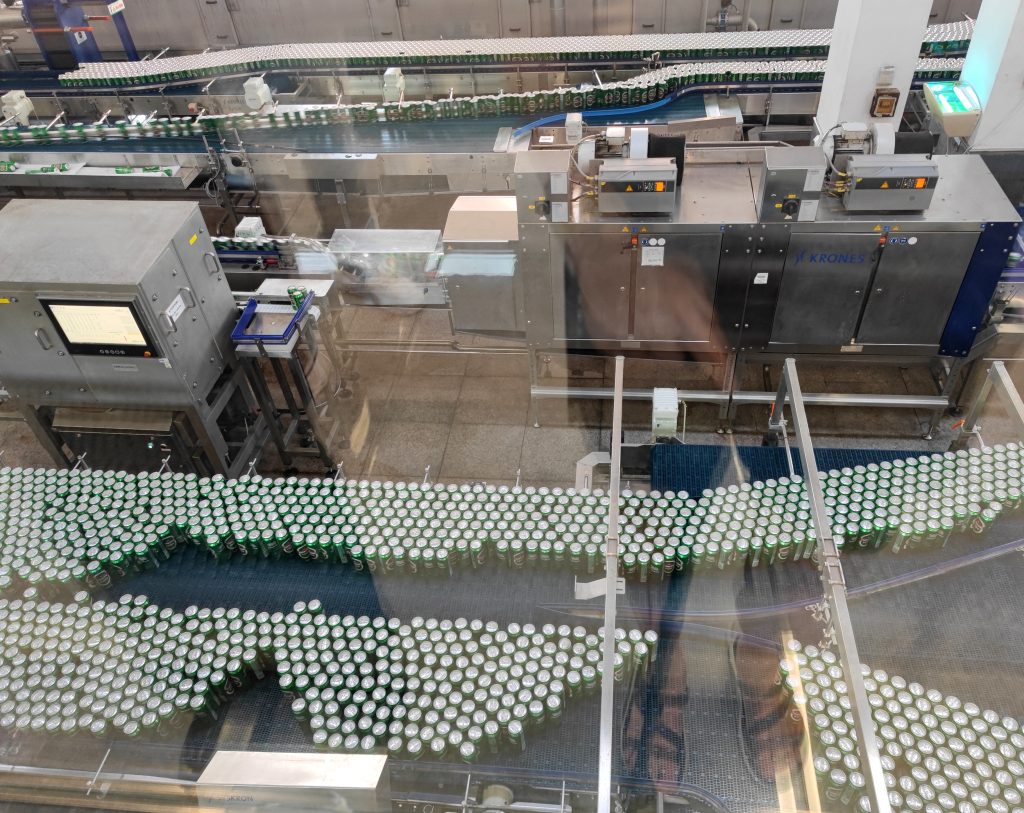
Beer in the history
The term “sweet wine” refers to wine made from the fermentation of sprouted grains catalyzed by wild yeast. Archaeologists have found that in Xian, 5,000 years ago, there were remnants of alcoholic beverages made from a mixture of fermented grains such as barley and tuberous crops in clay pots. This is similar to the beer brewed by the Sumerians. It can be said that the Chinese sweet wine at that time was the beer of the last century.
“The Drunken Return of the Five Kings” painting depicts Emperor Xuanzong of Tang Dynasty who went out to drink and feast with four brothers, and returned home after getting drunk. In the picture, Emperor Xuanzong is dressed in red and riding a white horse, supported by attendants.
“Early Evidence of Drinking Beer in a 9,000-year-old Platform in Southern China”, published the results of a study, claiming that 9,000 years ago, southern Chinese in Zhejiang Province already started drinking beer. The researchers found microbes and residues of mold and yeast in the pots that were consistent with those from beer fermentation, confirming that the place was one of the first in the world to drink beer.
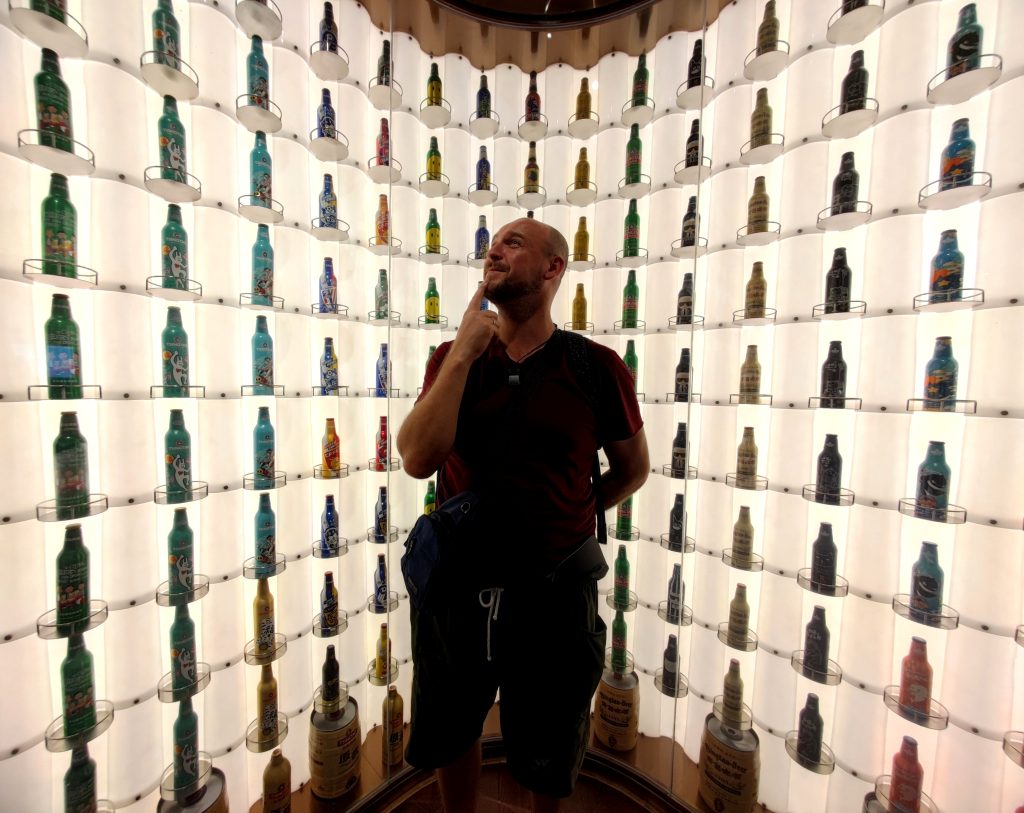
Enjoyment of beer does not necessarily require a special gift in taste, but only an open state of mind, an interest in beer, and a keenness to find aromas and flavors.
The pleasures of beer are experienced with the eyes, nose, and palate. Transparency is characteristic of most beer, and the color is also an important feature. Good beer often has colors that are distinctive, subtle, harmonious, and appetizingly attractive.
Sipping the beer, one can taste sweetness, saltiness, sourness, and bitterness at the tip, front side, backside, and base of the tongue.
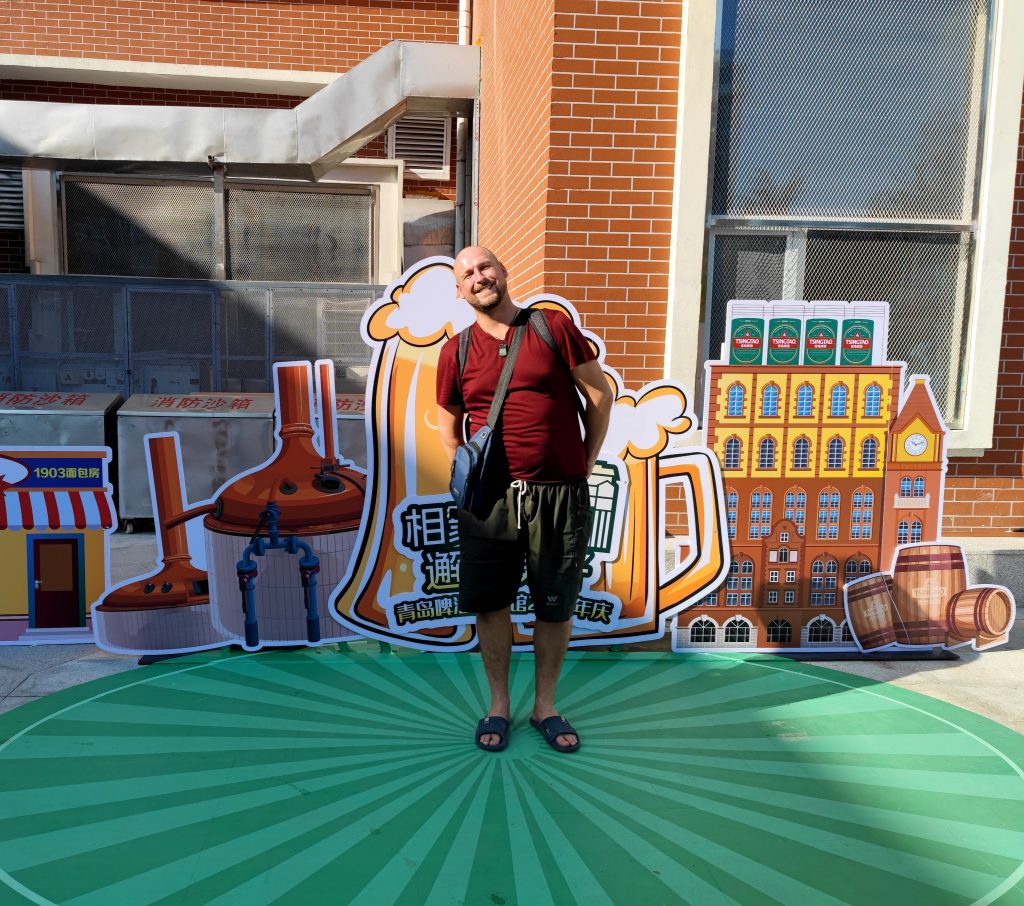
Nowadays
In 1993, Tsingtao Brewery introduced advanced diatomite filtration equipment and implemented automatic control. When two filtering production lines were running simultaneously, the filtration speed reached 120 tons/hour. Additionally, Tsingtao Beer Draft leveraged 0.45 um aseptic membrane filtration technology. The yeast and miscellaneous bacteria were not filtered and removed from the beer through sterilization, thus better maintaining the nutritional ingredients and flavor substances of the beer.
Tsingtao Brewery, which has always made its full efforts to the industry, has found its way out of the market by highlighting product quality; and developed itself from a small factory 120 years ago to a globally integrated enterprise with a business covering over 120 countries and regions.
Our 120-year history of evolution in beer labels, beer bottles, and packaging processes displays our development and cultural accumulation and the innovation road of a century-old brand and also presents our excellent quality and sincere spirit to the world.
In the 120 years of deep cultivation in the field of beer, Tsingtao Beer has always adhered to the centennial motto of “good people brew good wine”, and under the premise of strict quality control.
Since Tsingtao Brewery was founded in 1903, it has always been using the trademark “Tsingtao Beer”, which means “pure”, and the beer label containing German elements, such as the Gallic eagle and lion.
During the War of Resistance Against Japan, the company was renamed Dai Nippon Brewery Co., Ltd.
In 1945, Tsingtao Brewery was taken over by the National Government. Tsingtao Brewery finally had its local features.
After the People’s Republic of China was founded, in 1958, the “Huilan House” beer label began to be designed and gradually put into use, marking the real cultural awareness of Tsingtao Brewery in the world.
After its 100th anniversary, Tsingtao Brewery has entered a broader market. In 2006, it upgraded the visual brand design again, unified the content of English logos at home and abroad, and achieved a domestic and international uniform brand image.
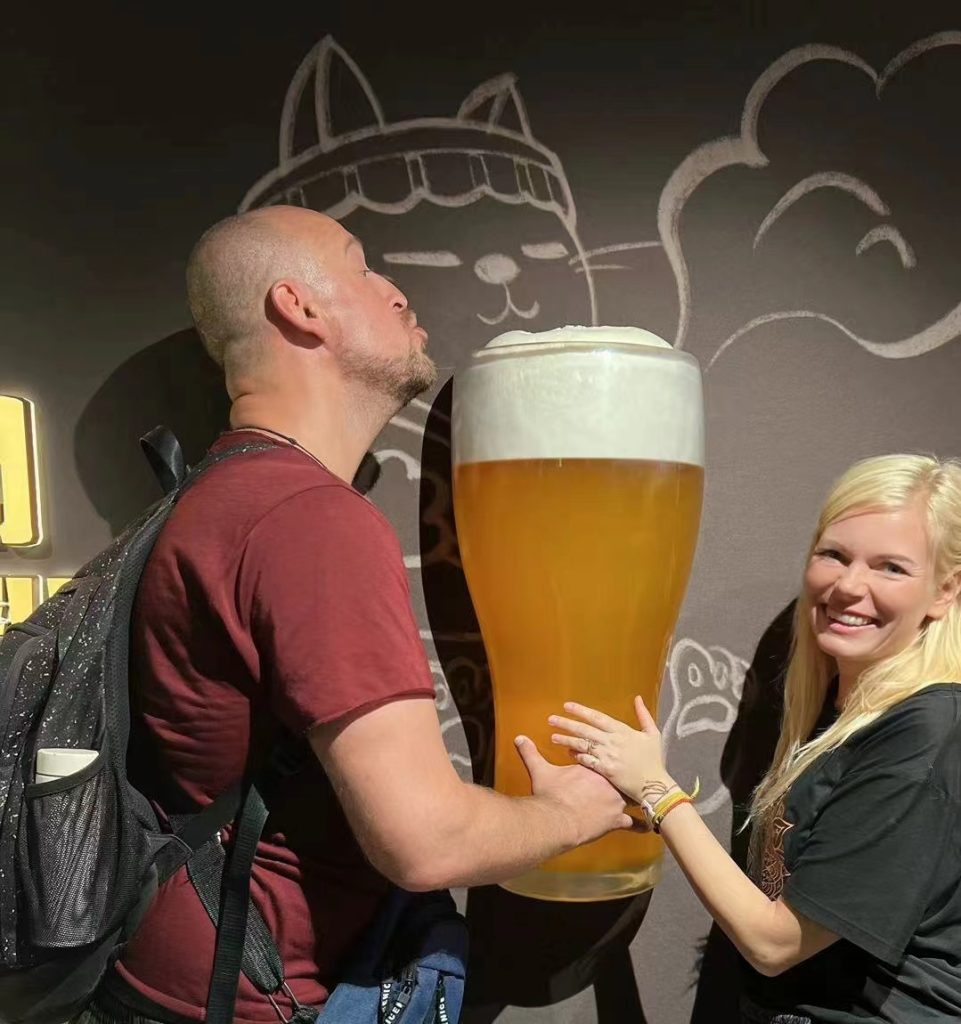
All we can say – Cheers!!!